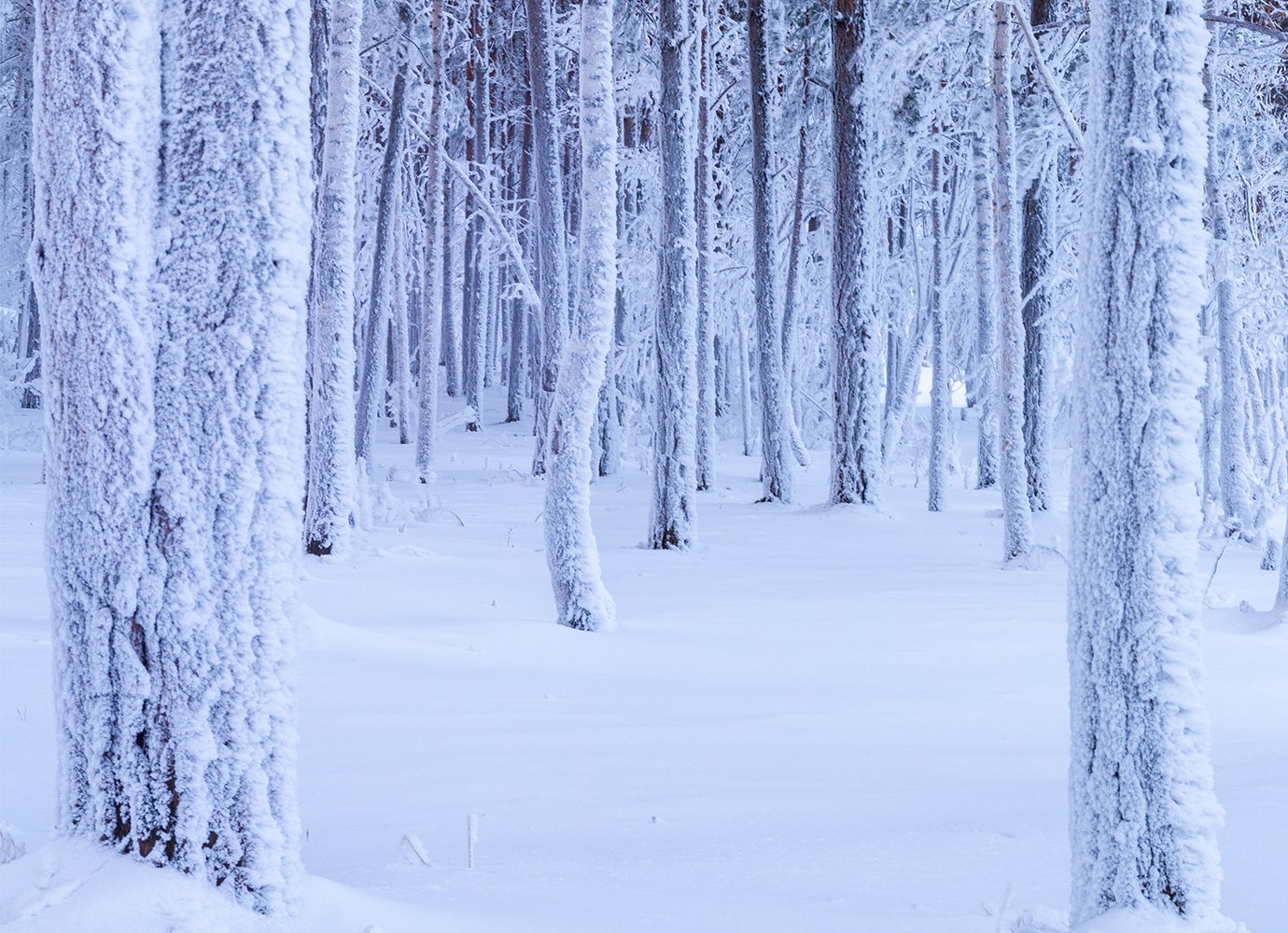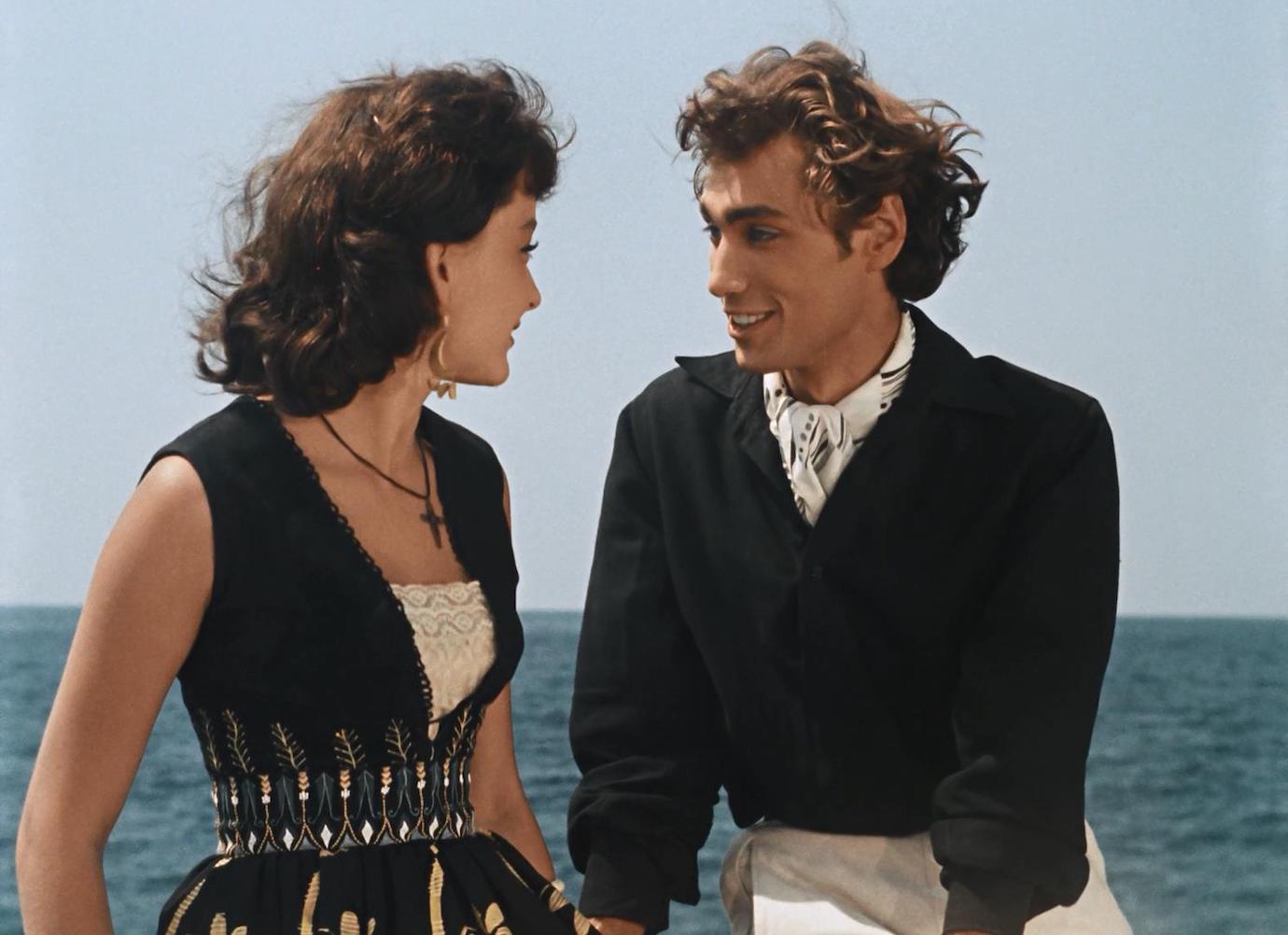Epic journeys, crime thrillers and Keanu Reeves: Siberia through the eyes of foreign filmmakers
In the foreign imagination, Siberia often conjures up images of harsh, overpowering nature and gulag stories, as well as pristine, untouched landscapes that can offer boundless freedom and spiritual healing. From unlikely love stories to psychological thrillers, these six films made by foreign directors give a glimpse of the perspectives, stereotypes, and inconsistencies about Siberia in the eyes of an outsider.
Lost in Siberia
(Germany, Russia, 2012)
Director: Ralf Huettner
German comedy Lost in Siberia follows a middle-aged logistics specialist, who is wearily sent to Kemerovo on business, where he falls in love with a singer from the Shor community, Turkic indigenous people of Russia’s Altai region. Despite being set in Kemerovo, Lost in Siberia was filmed in Murmansk, roughly 5,000 km away from southwestern Siberia, which does make for awkward inconsistencies. While it is clear that some preparation and research went into the making of the film, and real landmarks of the region are referenced in the script, in the actual film they are replaced by other sights from a totally different place. Still, the portrayal of everyday urban and rural life in a Siberian province is quite accurate — and it is wonderful to see the protagonist’s sense of astonishment when he hears throat singing for the first time.
In the Forests of Siberia
(France, 2016)
Director: Safy Nebbou
In the Forests of Siberia, the story of a European who, exhausted by the noise of civilisation, ventures into Siberia to achieve a long-awaited enlightenment, wonderfully summarises every single western stereotype about Siberia. The film is based on an autobiographical book by Sylvain Tesson, a Frenchman who, one day, decided to head off to spend six months in a cabin by lake Baikal. Tesson’s book is made up of observations and reflections, some of which, judging by the film, sound slightly pretentious and superficial. Quite a lot of this philosophising made it into the adaptation, which also includes an additional twist as the protagonist befriends a Russian hermit who hides in the nearby forests.
The film rather lacks clarity in the characters’ motivation. A young Frenchman comes to Baikal seemingly running away from something, but we never learn what it is. His new reclusive friend is in hiding because he has committed a crime out of hatred for the whole world, but it is not clear what engendered this hatred in the first place. The film makes up for these narrative defects by the breath-taking backdrop of Siberia’s nature: lake Baikal and its surroundings end up becoming better rounded characters than any of their human counterparts.
Transsiberian
(UK, Germany, Spain, Lithuania, 2008)
Director: Brad Anderson
In the foreign imagination, Siberia doesn’t just evoke pristine landscapes, but also crime and terror in the frozen tundra. While the vast expanses can give visitors the spiritual rebirth they seek, it will first put them to the test. This is what happens in Transsiberian, a psychological thriller boasting an international cast, in which an American couple gets dragged into a drug trafficking operation aboard the Beijing-Moscow train.
In the film, the Russian way of life is typified as an omnipotent police force that always stands outside the law, an outrageously rude staff, and passengers who relentlessly drink vodka (although, for some reason, in the film, the drink is Korean). Stereotypes aside, the filming actually took place in the Irkutsk and Krasnoyarsk regions, and there are many authentic Siberian elements, be it an old PAZ minibus or a small-town railway station, and that is when the setting truly comes to life and becomes its own character.
The Way Back
(USA, United Arab Emirates, Poland, India, 2010)
Director: Peter Weir
Siberian nature has always been infamous for its harsh conditions, making stories of survivors all the more fascinating. It is no surprise that one of these stories drew the attention of Australian director Peter Weir, known for tackling the human versus nature conflict before in his films.
The Way Back is based on the story of a Polish prisoner of war who, in the 1940s, allegedly escaped from a Soviet gulag in eastern Siberia and walked all the way to India. The prisoner’s memoir was published in the 1950s, and it has been challenged many times since then: supposedly, the author of the book was given a pardon and freed, but it appears that there was another Pole who really did make such an escape and whose story was appropriated. In any case, Weir’s adaptation is only loosely inspired by the book. In The Way Back, a group of runaways is trying to escape the depths of the Siberian taiga. There are Poles, Latvians, an American, and even a Russian thug, grandiosely played by Colin Farrell. One of the main attractions of this film is watching Farrell struggle with Russian curse-words, say “khochu sviter” (“I want a sweater”), and even sing a criminal song by a campfire. On the whole, the film is a noble, if somewhat dry, story of the importance of willpower: if you just make a firm decision to keep going and stick to it even at the hardest of times, any force of nature will eventually yield. However, it was filmed in Bulgaria, so the actual portrayal of Siberian nature is null.
Siberia
(Canada, USA, 2018)
Director: Matthew Ross
The title of this Keanu Reeves film makes it hard to miss for anyone interested in Siberia, but everything else about it will make you wish you did. In Siberia, Reeves is a diamond merchant looking for his missing partner somewhere in Yakutia (although filmed in Canada). There, he finds himself in a lethargic rural thriller featuring Russian gangsters and a femme fatale bartender in a local canteen. Reeves keeps a poker face throughout the film, unfazed by the plot twists lacking both in originality and perspicuity, all the while looking great in a camel coat.
Ilsa, the Tigress of Siberia
(Canada, 1977)
Director: Jean LaFleur
The most questionable of the list is this sexploitation film set in a Siberian gulag, with Dyanne Thorne taking on the role of a dominatrix authority figure for the third time since the 1975 film Ilsa, She Wolf of the SS. The original film saw Thorne’s character torture and perform sadistic experiments on prisoners of a Nazi concentration camp, which proved to be so successful (in certain circles, of course) that the sequels took her to a harem in the Middle East, a German psychiatric hospital, and eventually, to Siberia. It’s obvious that the film is not exactly worth watching for the sake of learning about the region: in the very first scene, a runaway prisoner is captured by guards armed with spears; soon, another one is fed to a tiger who lives on the camp’s premises, and there is also an abundance of erotic scenes taking place in a bathhouse.
Translated by Maria Muzdybaeva. The original was published in Russian on Makers of Siberia.


